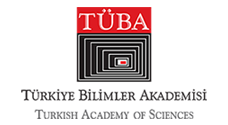Atomic Theory in the Old Uyghur Texts

Atomic Theory in the Old Uyghur Texts
The majority of Old Uyghur texts consist of religious works that were translated from languages such as Sogdian, Tocharian, Chinese, Tibetan, and Sanskrit, often related to Buddhism. These Buddhism-themed texts contain views on the foundation of the formation of the macro- and micro-cosmos or the smallest building block of matter, the atom. Most of these views are associated with the ancient Indian schools of thought. Particularly significant are the views on atom theory from the Vaiśeṣika school, which accepts atomism, and the Vaibhāṣika school of Hīnayāna Buddhism. In addition, it is possible to find the views of the Mādhyamika and Yogācāra schools, which are associated with Mahāyāna Buddhism and opposed to the atomic material theory, in these texts. The views of these schools in Old Uyghur texts are often presented within a religious framework. In this context, there are some terms related to atoms in Old Uyghur, such as par(a)manu, ärtiŋü inčgä, kog, kıčmık. These terms are interpreted in accordance with the Old Uyghur texts. Therefore, in texts that embrace an atomist approach, these terms carry the meaning of “atom, very small particle,” whereas in texts that reject atomism, they express the meaning of “dust, very small particle.” Consequently, the meanings of Old Uyghur words or terms are also subject to variation based on the religious sects and schools they are associated with.
